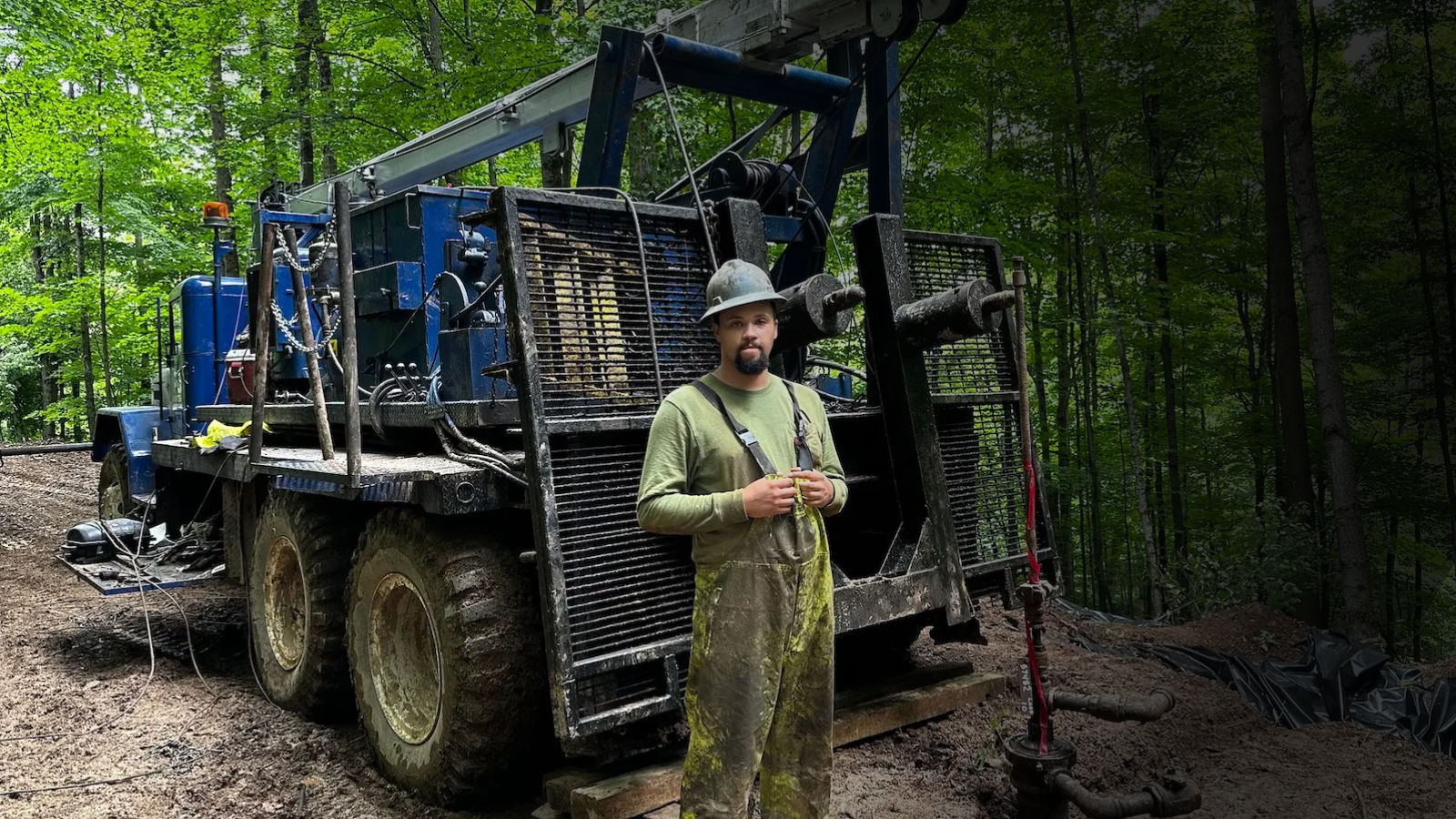Part I: The Problem Part II: The Solution
Plateauing Appalachian gas production underscores the need for transformational policy reform to ensure the oil and gas industry, rather than the public, pays for the growing cost of decommissioning the region’s hundreds of thousands of unplugged oil and gas wells, according to “Filling the Hole,” a new, two-part report from the Ohio River Valley Institute.
As Appalachia’s first fracking wells reach retirement age, total liability for the 19,300 unplugged shale wells and 265,000 unplugged non-shale wells across Ohio, Pennsylvania, and West Virginia has climbed to nearly $40 billion. Yet existing financial assurance available from oil and gas companies to plug these wells totals just $115 million, representing 0.3% of current liability, according to Part I of the report.
“Without a radical departure from historical policy, Appalachia’s legacy well liability will sooner or later fall to the public,” author Dwayne Purvis, Founder & Principal Advisor of Purvis Energy Advisors, explains. “People have talked about 100-years of supply, but the region has about 15 years of proved reserves compared to current production. More importantly, the companies with high-producing shale assets are mostly not responsible for the liability of the much larger population of low-producing, non-shale wells.”
Existing policy and enforcement have failed to compel well owners to fulfill their plugging obligations. Part II of the report proposes a comprehensive policy solution to fund decommissioning of the region’s existing legacy well inventory and stem the proliferation of new orphaned wells without abating future drilling or disadvantaging smaller oil and gas companies.
The plan would levy a new, dedicated fee on production and route proceeds into a central fund administered by an independent, government-sponsored authority—at the state or, ideally, national level—to plug all orphaned or abandoned wells. The plan would also require a fully funded escrow for new wells, tighten performance and enforcement provisions, and establish a pragmatic amnesty program for small producers.
“A fair, targeted production fee on shale production protects public health and taxpayers’ pocketbooks without materially affecting future drilling,” said author Ted Boettner, Senior Researcher with the Ohio River Valley Institute. “It could also create over 19,000 new well-plugging jobs in total, reversing the steady decline of Appalachian upstream oil and gas employment.”

